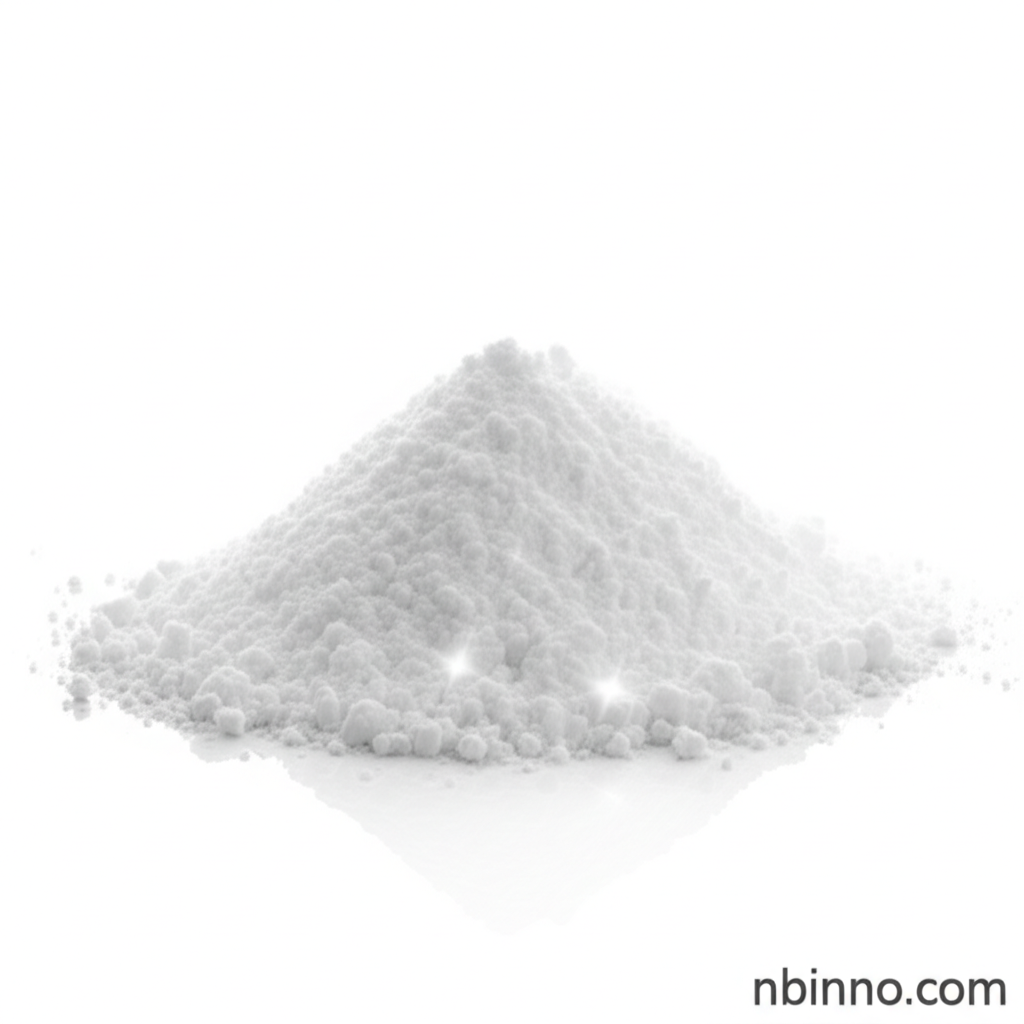D-4-Methylphenylalanine: A Key Building Block in Pharmaceutical Synthesis
Explore the chemical properties and applications of this vital research reagent.
Get a Quote & SampleProduct Core Value

D-4-Methylphenylalanine
D-4-Methylphenylalanine, identified by CAS number 49759-61-7, is a specialized amino acid derivative crucial for advanced organic synthesis, particularly within the pharmaceutical sector. Its structural unique character makes it an indispensable component for researchers developing novel therapeutic agents.
- Leveraging D-4-Methylphenylalanine as a synthesis reagent for aminophenylpropanyl phosphate derivatives showcases its direct utility in drug discovery pipelines.
- Understanding the CAS 49759-61-7 chemical properties is foundational for successful integration into complex synthetic routes.
- The product serves as a vital building block for creating compounds with potential Pin1 inhibitory activity, a significant area in modern pharmacology.
- Researchers can buy D-4-Methylphenylalanine online, facilitating access to this key intermediate for various experimental and production needs.
Key Advantages
Precision in Synthesis
The high purity and defined stereochemistry of D-4-Methylphenylalanine ensure predictable outcomes in complex chemical transformations, a critical factor when exploring pharmaceutical research building blocks.
Enabling Novel Drug Discovery
Its application in synthesizing compounds with potential Pin1 inhibitory activity positions it as a critical component in the development of new treatments for various diseases.
Versatile Research Tool
As a derivative of D-Phenylalanine, it offers unique properties for peptide modifications and the construction of peptidomimetics, expanding the scope of medicinal chemistry research.
Key Applications
Pharmaceutical Synthesis
Serves as a critical intermediate in the synthesis of active pharmaceutical ingredients (APIs), especially those requiring specific chiral centers and modified amino acid structures.
Medicinal Chemistry Research
Utilized for structure-activity relationship studies and the design of novel drug candidates, particularly in areas targeting protein interactions.
Biochemical Research
As a non-natural amino acid, it is valuable for probing biological pathways and creating modified peptides or proteins for research purposes.
Peptide Engineering
Incorporated into peptides to enhance stability, alter pharmacokinetic properties, or introduce specific functionalities for therapeutic or diagnostic applications.
